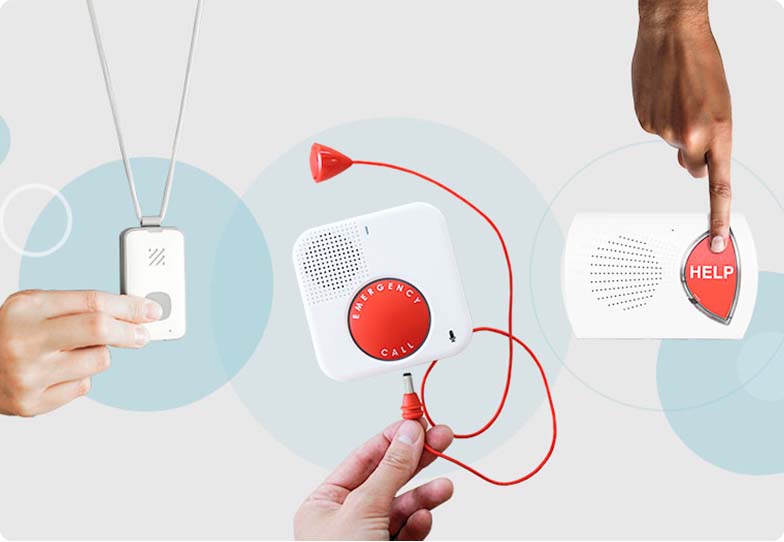Door and window sensors sound an alarm when someone opens a door or window to your home. But if a burglar were to break into your home by smashing a window—instead of forcing it open—the window sensor wouldn’t trigger.
Glass break detectors complement door and window sensors by monitoring sound or vibration. When they detect the frequency or shock waves associated with glass shattering, they sound an alarm. These devices are great additions to a home security system because they can remain armed all the time, unlike motion detectors, which must be turned off when you or your family are at home.
Here’s a closer look at the technology that makes these window break alarms work.




